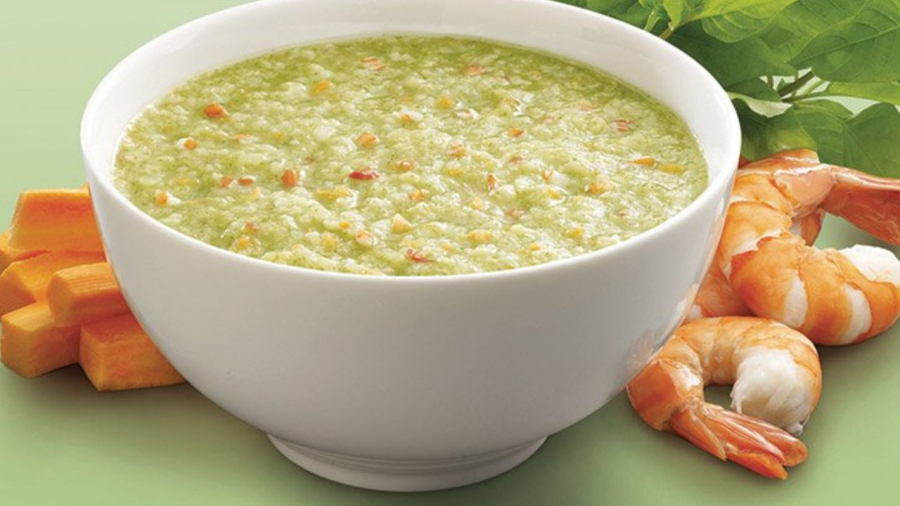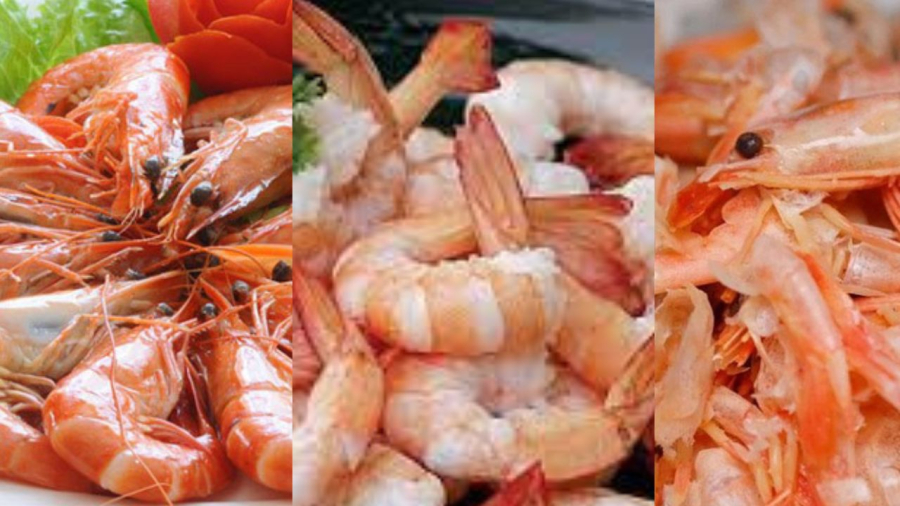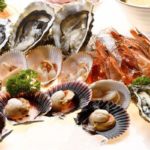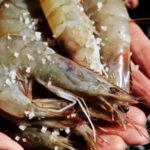Shrimp in the family meal is a nutritious dish. Shrimp is rich in protein, calcium, zinc, iron… so it is very good for health. Especially, shrimp is a good source of protein which means protein without a lot of fat, so eating shrimp is good for both weight loss, elderly people, and young children.
The folk wisdom says that shrimp shells are made of calcium, so eating a lot of shrimp shells helps to increase calcium. But in fact, according to nutritional analysis, shrimp shells are not made of calcium but made of chitin, a type of polymer that helps to form the hard shell. The main concentration of calcium is found in the meat of the shrimp. The shrimp shells create sweetness. Therefore, you can use shrimp shells to make sweet broth, but it is not necessary to keep the shrimp shells when eating.

Shrimp heads are not high in calcium and harmful
In addition to the belief that shrimp shells contain a lot of calcium, many people also believe that eating shrimp heads can supplement calcium and the eyes of the shrimp can help improve eyesight. Fried shrimp heads are also added to many restaurant menus with high prices. But in reality, shrimp heads contain many heavy metals and toxins that are not good for health. Heavy metal contamination can cause many dangerous consequences, especially for young children.
The black digestive thread on the back of shrimp should also be discarded as it is the digestive tract and has no nutritional value. The idea that eating shrimp eyes helps improve eyesight is simply a folk belief without scientific basis.
The best part of the shrimp is the meat. It is recommended to avoid eating only the tail or head of the shrimp to avoid heavy metal contamination. Eating or not eating shrimp shells is a personal preference, as some people enjoy the crispy texture and choose to eat the shells.

Notes when feeding shrimp to children:
It is recommended to let the child eat the meat of the shrimp and for young children who are just starting to eat, try a small amount first to check for allergic reactions as shrimp can cause serious allergies in many people. Even sea shrimp and freshwater shrimp have different risks of causing allergies. Therefore, for the first time eating sea shrimp or freshwater shrimp, the child’s reaction should be checked before further consumption.
For young children, it is advisable to peel off the shell to prevent them from choking on the shrimp shells.
Shrimp is very nutritious, but the protein in shrimp is easily denatured and becomes toxic when spoiled. Therefore, you should use fresh shrimp, and if you buy them, you should process them immediately or freeze them to ensure freshness.
It is recommended to feed small shrimp, with soft shells and soft bodies, as they are easier to eat and contain more nutrients.
Notes when buying shrimp to avoid adulterated shrimp:
Adulterated shrimp are shrimp that have been injected with agar-agar or some similar substances to increase the shrimp’s weight for profit. These adulterants not only deceive you financially but can also be harmful when they are contaminated with bacteria or dangerous impurities.
To differentiate, it is necessary to observe the tail and abdomen of the shrimp. When shrimp is adulterated, the tail of the shrimp will spread out like a fan, while shrimp without adulteration will have a folded tail.
Adulterated shrimp, when released into the water, will float weakly compared to non-adulterated shrimp, the shells of the shrimp are full, and when peeling the shrimp shells, adulterants will flow out.
How to Choose Fresh Seafood: Important Cabinet Tips
In recent years, concerns have been raised over the practice of injecting urea and chemicals into seafood, making it difficult to find safe and fresh options. To help, DienmayXANH.com offers some tips on how to select the best seafood available. Seafood is a rich, delicious, and nutritious source of food, and this advice will help ensure you make the most of it.






































